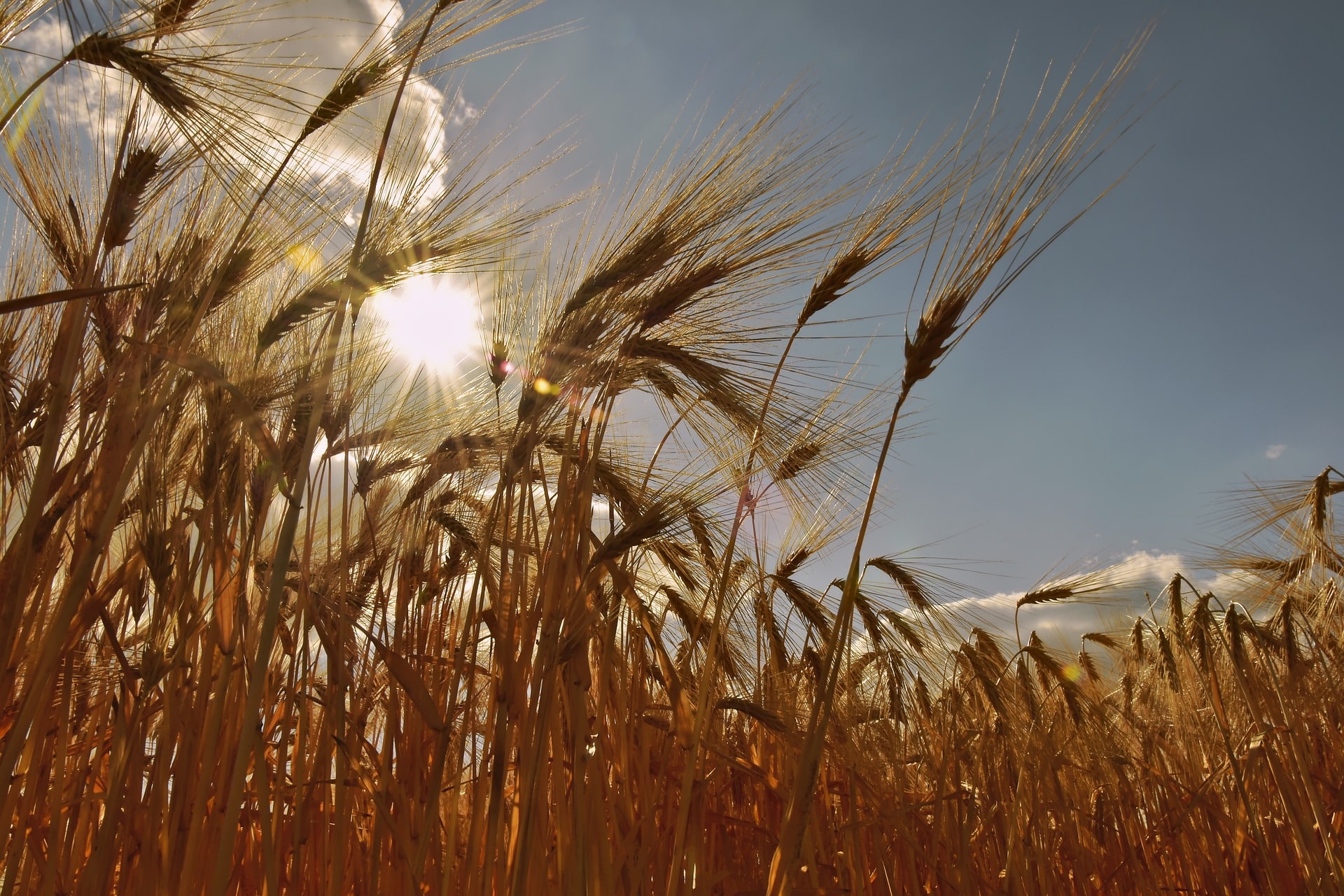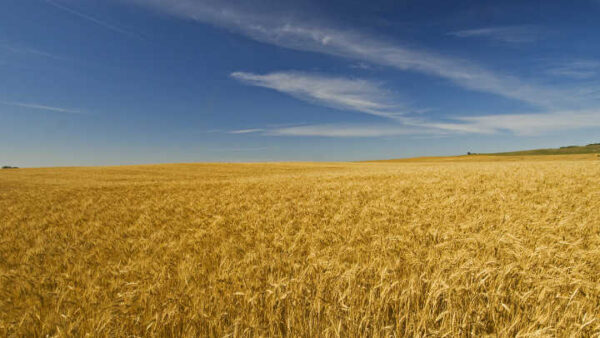In plants, the “meristem” refers to a type of tissue comprising undifferentiated cells from which various other plant organs can develop through cell division and differentiation. These “plant stem cells” give rise to shoots, leaves and roots, but also spikes and flowers.
The research team including members of the Cluster of Excellence on Plant Sciences CEPLAS investigated the function of a gene responsible for the different spike forms of wheat and barley. This gene controls the activity of the spike and floret meristems and thus the number of spikelet and kernels per spike.
The closely related cool-season cereals, barley and wheat, produce variable and defined number of spikelets on their spikes, respectively. It is from these spikelets, that florets and the grains develop. The plant researchers have identified two barley mutants named “intermedium-m” and “double seed 1”, which form a wheat-like spike with a terminal floret that consumes the spike meristem thereby reducing the number of lateral spikelets per spike. The INT-M/DUB1 gene maintains meristem identity and suppresses meristem differentiation. The ability of spike meristem to form lateral spikelets thus remains intact.
Prof. Dr. Maria von Korff Schmising, Head of the Heinrich-Heine University Institute for Plant Genetics, about possible applications of the research findings: “These key regulators can be used to extend meristem activities. This may allow barley, wheat and other cereals to be modified to produce a higher grain yield.”
Source: Heinrich-Heine University Dusseldorf











